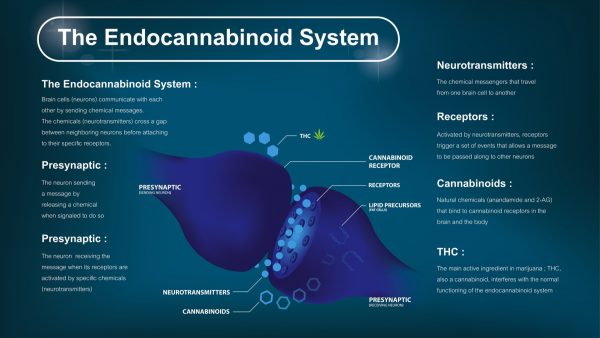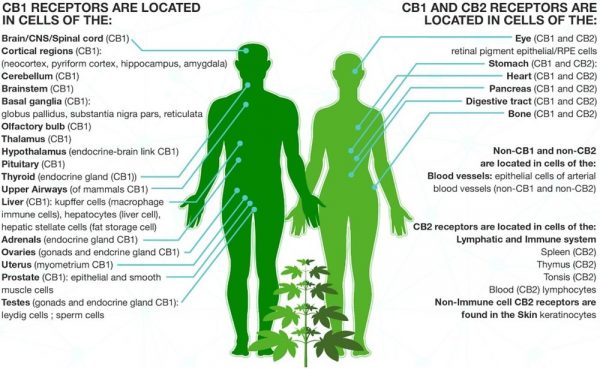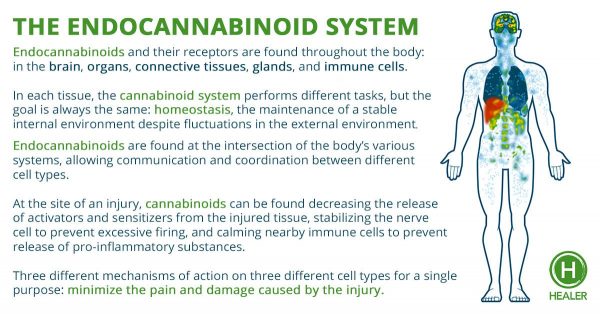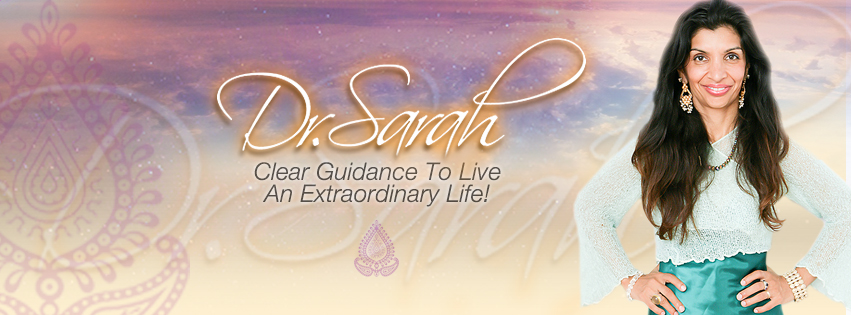What we think -We Become
5:19 Adverse Childhood Events (ACE) Study: did two things for the first time in the history of clinical research
~all of the types of adversity
they were 8 in number
1.physical
2.emotional
3.sexual abuse
4.witnessing the mother being abused,
5.divorce or
6.separation,and
7.being raised by a parent that was criminal, mentally ill, or
8.drug addicted.
The second thing: done in a very large well-designed population of study subjects on whom med and psych records existed that the results of the study accurately represent the experience of the entire U.S. adult population.
History of Epidemiologic Studies
7:44 Drug Abuse vs ACE : ACEs are common across all populations. Almost two-thirds of study participants reported at least one ACE, and more than one in five reported three or more ACEs.
8:35 Suicide vs ACE: What we knew at that time is that adversity altered the structure of the brain of these kids, and that these structural alterations set the stage for emotional states that accounted for the majority of the suffering in the United States due to drug addiction and mental illness.
80% of all addicted adults in the United States today come from this population of people that were abused as children.
9:42 Grim Prognosis: And they further concludedthat the vast majority of suicides in the United States every yearare attributable to only one thing, and that is their abuse as children.So the 20th century closed on an extremely dark note.
21st Century:
Because at the dawn of the 21st century, enough light shone in on this problem to reveal that the brain had a science of its own all the time.
The brain had the capacity for radical change, and that it could do it even in adulthood.
Two major mechanisms that the brain in order to
1. Restructure itself
2. to create different and new functional potentialities.
Hippocampus neurogenesis: Grand Central Station of the brain’s capacity to form new learning experiences and consolidate that into retrievable memory.
11:34 Hippocampus neurogenesis: major resources the brain has to change is the birth of new brain cells.
- encode new learning experiences that can be remembered.that they plug in, the brain has changed.
- These new neurons and their voice to the internal mental conversation, the vector of thought and feeling shifts.And the second that these new learning experiences are in place -and by new learning,
12:30 Encoding new life experiences “I’m a pretty decent person after all” -e “I’m a good person” messagecan come to dominate “I’m the bad kid” message,
13:36 Epigenetic Adapting : a very complex molecular machin ethat exists inside the neuron in the brain, called epigenetics,
It is the study of changes in organisms caused by modification of gene expression rather than alteration of the genetic code itself.
Epigenetics has transformed the way we think about genomes
Stress: it physically moves into the nucleus of the cell, where it shuts off a gene that’s responsible for the control of the stress reaction in the brain, and when that gene doesn’t work, the brain can’t control stress.
14:05 Depriving rats of maternal care (cont…)
14:19 Shutting off Stress Control
14:35 Stress as a toxin
15:08 PTSD Configuration
15:20 Maternal Care Restoration
15:55 Applying it to Recovery Patients
16:28 Time required for changes to stick
16:40 Quick recap
17:30 Shortcomings of Objectivity
18:05 Buddhist Technologies:
we became more astute about training the mind to find any area that we wanted, we could learn how to access specifically those regions in the mind that were damaged by childhood adversity, and by focusing and encouraging their sustained operation, beef them up to cure it. So this is the way this new treatment methodology works: We practice quiescent meditation until we beef up the areas of the brain that are responsible for focused attention until they become strong enough that we can use that as a tool, like a lens to look inside and to actually observe the arising of thoughts and feelings from moment to moment in our own minds. By enumerating a relatively short list of mental functions that mind is capable of performing, Buddhist psychology helps us here
18:18 Sorting out, understanding and use mental events for growth
18:53 Integrating Mindfulness into Recovery Programs
20:45 Meditation Brain Imaging
21:51 Power of sustained attention. After 4
and after 11 non continuous hours.
22:39 Brain repair
22:50 How it works
23:19 Enumerating and naming mental functions
23:34 Meaningful order
23:40 Morally weighing them
23:54 Bifurcated Categorization
24:22 Mind Modulation
26:36 Affect Ions
27:17 Normal circuitry functionality: Sobriety
28:55 Mind is everything




What is heart coherence?
Physiological coherence is derived from HRV. Coherence is a measure of the pattern in the heart’s rhythm, which is independent of the amount of HRV, and reflects an orderly and harmonious synchronization among various systems in the body such as the heart, respiratory system and blood-pressure rhythms.
Coherent Breathing is a form of breathing that involves taking long slow breaths at a rate of about five per minute. Coherent breathing, or deep breathing, helps to calm the body through its effect on the autonomic nervous system.
Engaging The Intelligence of the Heart
The Power of Mindfulness
All of our minds wander.
Research from Harvard shows the mind wanders, on average, 47 percent of the time.
47 percent.
That’s almost half of our lives that we’re missing, that we’re not here.
What you practice grows stronger.
We know this now with neuroplasticity.
Our repeated experiences shape our brains.
We can actually sculpt and strengthen our synaptic connections,
based on repeated practice.
For example, in the famous study of London taxi drivers,
the visual-spatial mapping part of the brain is bigger, stronger.
They’ve been practicing navigating the 25,000 streets of London all day long.
When you look at the brains of meditators, the areas related to attention, learning, compassion,
grow bigger, and stronger. It’s called cortical thickening: the growth of new neurons in response to repeated practice. What we practice grows stronger.


Leave a Reply